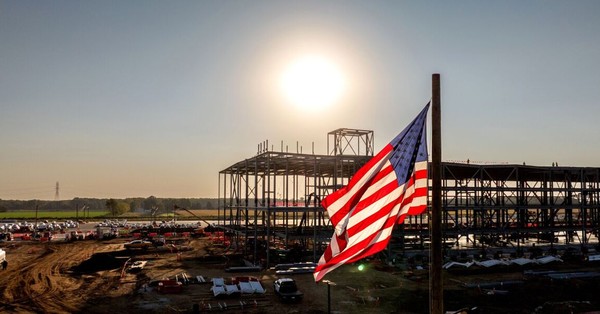Industrial use-case enablement – The deployment supports surveillance, drones, MCPTT, connected workers, and IoT sensors. How do you ensure QoS and slicing across these diverse workloads?
Speaker: Abhijit Chaudhary (Niral Networks)
Ensuring proper QoS and slicing across these diverse industrial workloads was a critical requirement, and the use cases were introduced progressively over time. After enabling basic voice and video communication, the next major use case was push-to-talk, which required integrating voice and video with a broadcast-style communication framework. To support this, we had to guarantee the required QoS through the N5 interface and configure the necessary call parameters for mission-critical push-to-talk. We created a dedicated network slice specifically for the push-to-talk application, using guaranteed bitrate (GBR) to ensure consistent, high-quality voice and video communication.
Slices Optimized for Uplink-Heavy Video Workloads
For surveillance cameras and drones, the primary requirement was high uplink bandwidth. These applications send large volumes of video data upstream, with minimal downlink traffic other than control-plane signaling. To support this, we created an uplink-heavy slice optimized for video communication, ensuring stable, high-performance transmission for both fixed cameras and drone-based feeds. Drone operations also utilized this uplink-heavy slice to maintain continuous real-time video.
Slices for Low-Bandwidth IoT and Control Applications
In contrast, IoT sensors and downlink drone-control signals required very little bandwidth—typically only a few kilobits per second. For these workloads, we used a standard slice designed for low-data-rate communication. This allowed us to handle sensor telemetry, worker-safety alerts, and command-and-control data without allocating unnecessary resources.
End-to-End Slicing Across RAN, Core, and Backhaul
Every slice was configured end-to-end, covering the radio layer, the core network, and the backhaul. This ensured that wireless resources and backhaul capacity were used optimally, with dedicated pathways for each class of industrial traffic. The NiralOS 5G platform natively supports dynamic QoS policies, isolation, and prioritization, which allowed us to fine-tune each slice according to latency, throughput, and reliability needs.
On-Premise Edge Processing for Mission-Critical Performance
All applications—including drone systems, push-to-talk, IoT sensors, worker-safety analytics, and industrial automation tools—ran entirely on-premise on our private 5G cloud. Because nothing had to travel to the internet or a remote data center, all data was processed in real time. This architecture enabled sub-10ms responsiveness for mission-critical workloads and ensured that GMR’s operational, safety, and energy-management requirements were consistently met.
The combination of dedicated slices, uplink-heavy configurations, GBR-based QoS for MCPTT, low-bandwidth IoT channels, and on-prem edge compute allowed us to support surveillance, drones, MCPTT communication, connected workers, industrial IoT sensors, and AI-driven analytics with the reliability and security required by a mission-critical energy facility.
























































